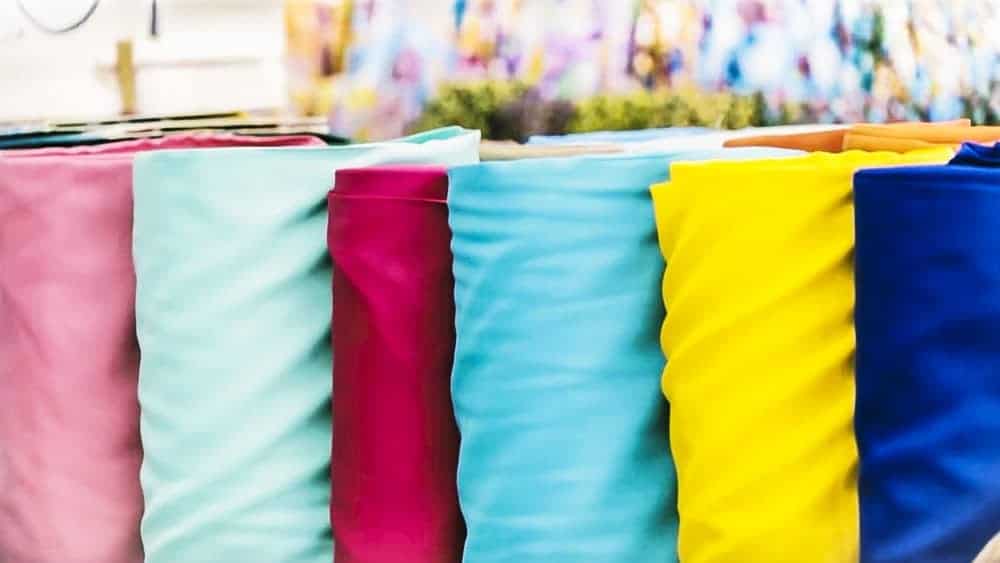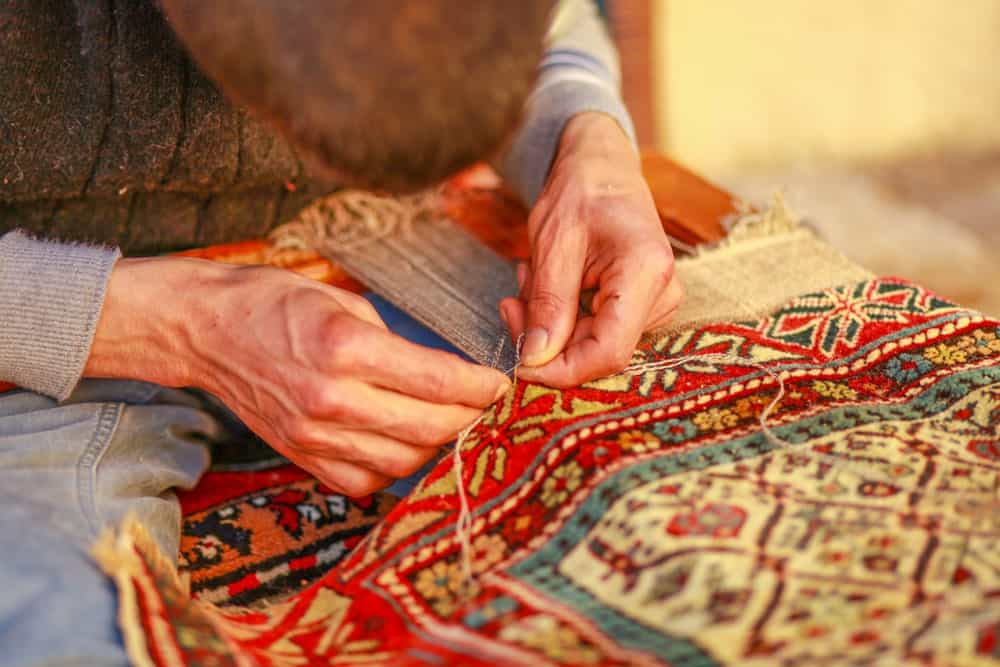Not all wool is created from the wool of sheep. In our long list of different types of wools, you will learn about the different types of available, including Angora, Worsted, and Merino wool to raw wool and boiled wool so that you can choose which types are best for you.
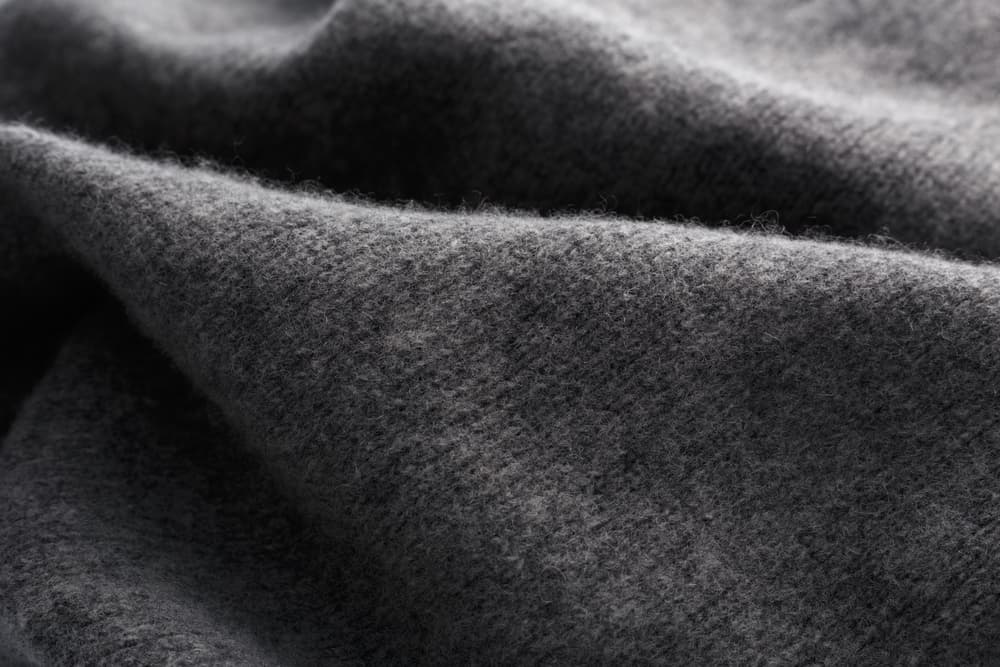
Many people think that wool only comes from sheep but that is not the case. There are many types of wool and many of them come from different animals and each has its own unique qualities that produce is certain look and feel.
Wool is created from natural fibers they are found in the fleece of several different types of animals, including sheep, of course, as well as goats, camels, rabbits, and other animals. Fleece is a raw material that’s made up of mainly keratin-based proteins. It is these types of proteins that make the wool of remarkable material since it is so elastic and can be worked with in different ways.
Wool is one of the most common textiles throughout the world and the biggest appeal when it comes to garments made of wool is that they hold heat extremely well. This is why they are so popular during the winter months when it is very cold outside. Wool is also very versatile, strong, and durable and it can be used to create lightweight, soft fabrics as well as coarse ones and heavy fabrics.
Australia is the leader in the world of wool production and churns out 25 percent of the world’s total wool while China and the United States follow closely behind at 18 percent of the production per each country. New Zealand comes in at fourth place with 11 percent of the world’s wool production.
I really love wool sweaters, especially during the winter months which can be brutal in Ohio, but I do not like the fact that some are itchy and feel more coarse. I prefer wool sweaters and blankets that are made of cashmere or one of the other softer types of wool, although it can be pricey. I like to wait for things like that to go on sale and then buy them, like at the end of the winter season for example.
Wool blankets are also another favorite at my house, not only for family members but for our dogs also. Blankets made of wool are great at holding in the heat and keeping you warm while you are sleeping, reading a book, working on your computer, or just kicking back with a glass of wine and watching TV.
Here is our list with descriptions of 16 types of wool fabric.
Table of Contents
Types of Wool
The pros and cons of each type of wool depend on the animal it comes from.
Alpaca Wool
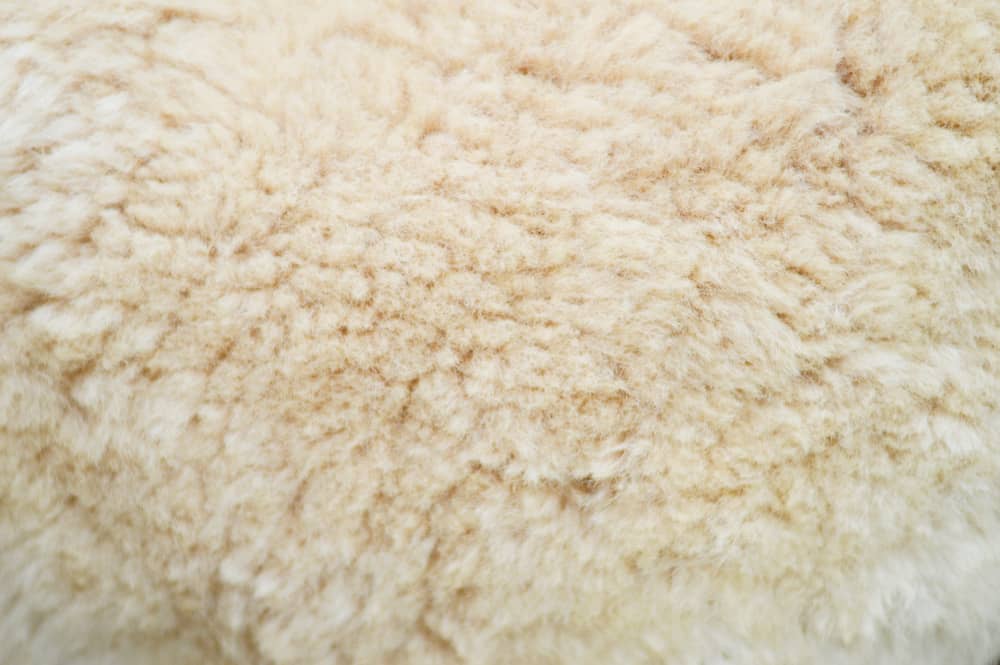
Alpaca wool is a medium-weight fabric that is very versatile so it can be used for many things, including coats, blankets, bedspreads, and lining for outerwear. Wool is used from two types of Alpaca breeds, including Suri which is silkier and used in woven material and Huacaya fleece, which is thicker and used for knit materials.
Angora Wool

Angora wool is harvested from Angora rabbits and is soft and fluffy. It is touted as having the best moisture-wicking ability of any natural fiber and retains heat well which is the reason Angora sweaters are so popular. The products created from Angora wool are beautiful and will keep you warm during the cold weather months.
The Angora fibers are very fragile so the wool is used in a mixture of other fibers to make it stronger and more durable. Because of the cultivation process and the value of this type of wool, Angora tends to be a little more pricier than other types of wool.
Camel Hair Wool
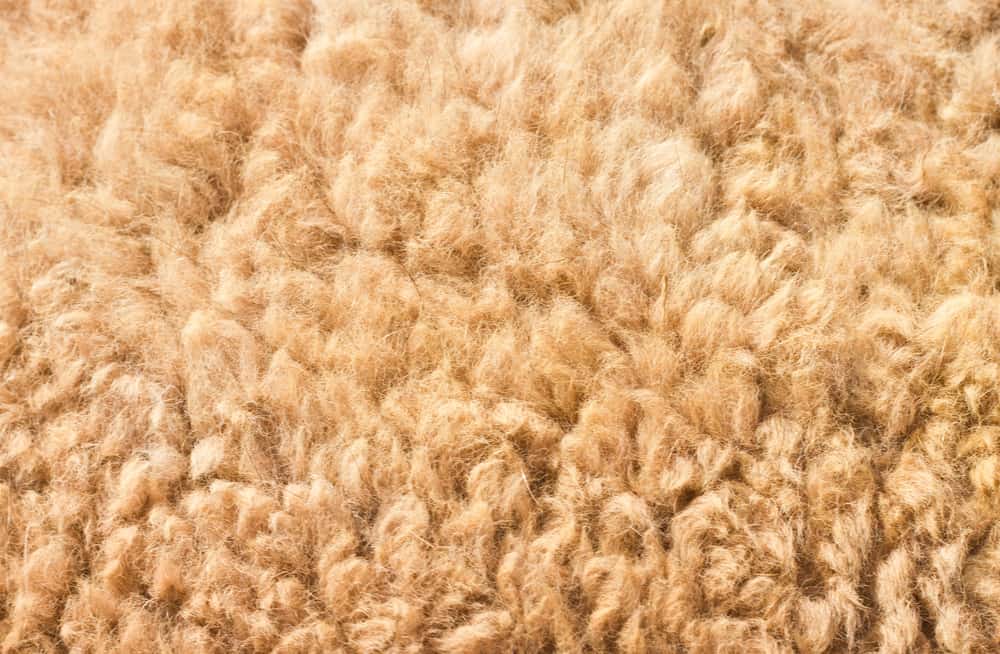
Camel hair wool is considered very luxurious in it’s a very warm fine wool that has a natural Golden Brown shade of color to it. It is typically combined with less expensive types of wool that helps it feel softer and so you can purchase it at a more economical price.
The production of camel hair coats was made popular in the United States in the 1920s when polo players started to wear them and in today’s world, the softer wool from the undercoat of camels is still used for coats as well as other apparel. The coarse out layer of camel hair is used in the backing of upholstery and carpets.
Cashmere Wool

Cashmere wool is one of the most luxurious fibers there are in the category of natural fibers. Since it has a high level of natural crimp, it creates a very soft, lightweight fabric that is very costly but beautiful. The fibers of cashmere must be cultivated from cashmere goats instead of being sheared which is the reason it is so costly.
Cashmere goats only produce a very small amount of cashmere every year. Another downside of cashmere is that it is not as strong and durable as the wool is from sheep.
Lambswool
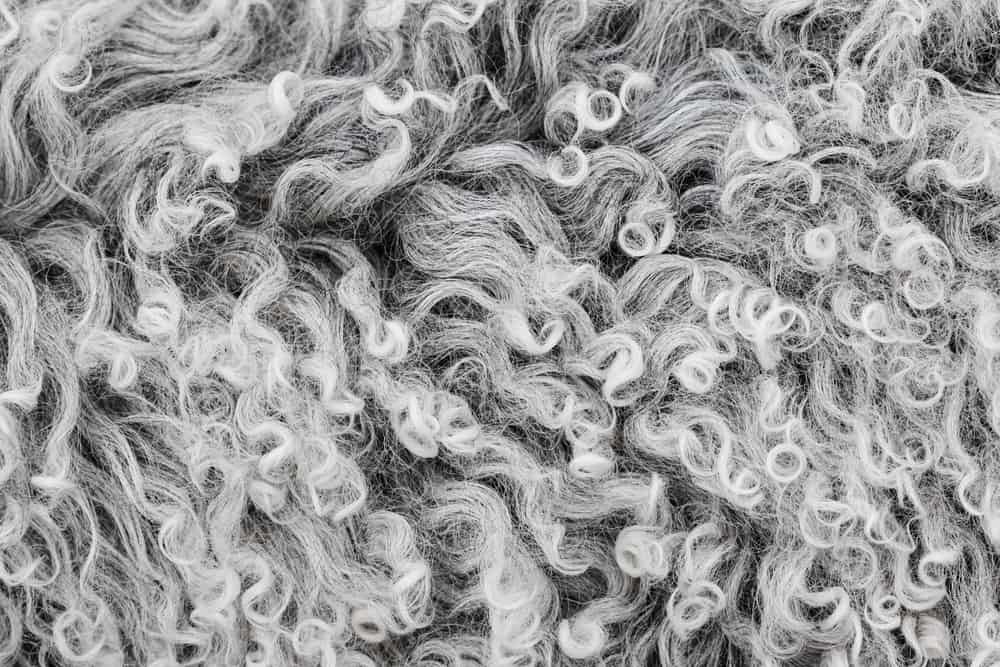
Lambswool, also referred to as “virgin wool,” is cultivated from a baby sheep’s first shearing when it’s only a few months old. It is very soft, does not wrinkle easily, and is hypoallergenic. Since each sheep can only produce lambswool once in their lifetime, it is more rare so therefore it is a more expensive wool for you to purchase. This type of wool is also known as virgin wool.
Melton Wool

Melton wool is one of the strongest, most durable, and warmest of all of the wools available on the market today. It contains very thick wool fibers and is often woven into a twill-type weave. It is really good at water-wicking and is resistant to the wind which makes it one of the most weatherproof wools you can buy. It is a great choice when you want to purchase outwear made of wool as well as heavy blankets for cold winter nights.
Merino Wool

Merino wool is extra fine and shiny. It is one of the very softest types of wool there is and is great at regulating your body temperature which makes it perfect to use in the production of athletic-style clothing. This type of wool is sheared from the Merino sheep, which is native to Spain but plentiful in both New Zealand and Australia.
Worsted Wool
Worsted wool is a very high-quality type of wool yarn. Its name comes from the English village of Worstead that is located in the county of Norfolk. During the twelfth century, the people of Worstead, along with villagers from Aylsham and North Walsham, created a manufacturing center for cloth and yarn. This type of wool is made from sheep’s wool and is considered to be stronger, more fine wool, and harder yet smoother than other types of wool, including woolens.
It is made from pasture wool from several different breeds of sheep, including Old Leicester Longwool, Teeswaters, and Romney Marsh. The wool is washed, gilled, then combed using heat and long-tooth metal combs before being oiled and spun. It is scoured but not full. Worsted wool fabric is used most often in the creation of tailored garments, for instance, a wool suit.
Woolen Wool
Woolen, spelled woollen in Commonwealth English, is a type of home-spun yarn made from carded wool that is very soft, stretchy, light, and is full of air. It works as a great insulator so it makes a wonderful choice for knitting. It is used to create items, such as sweaters and blankets.
Mohair Wool
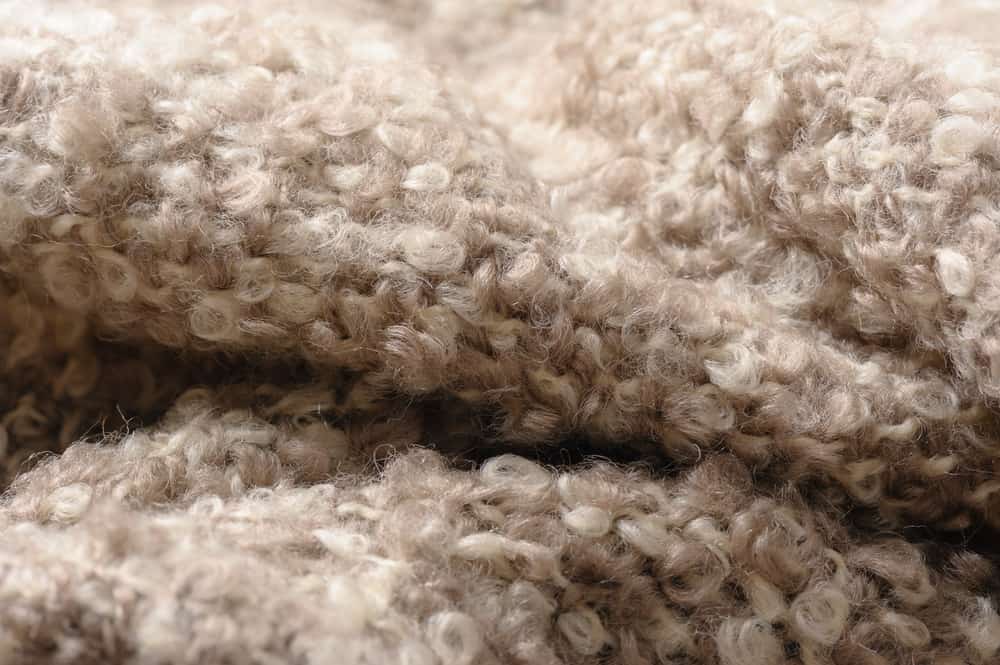
Mohair wool is cultivated from the coat of the angora goat and is very durable and drapes well. Many times, it is woven into a plain weave, and since it is a lightweight wool material that still keeps you warm so it is used for making dresses, baby clothing, sweaters, scarves, and men and women’s suits.
Shetland Wool
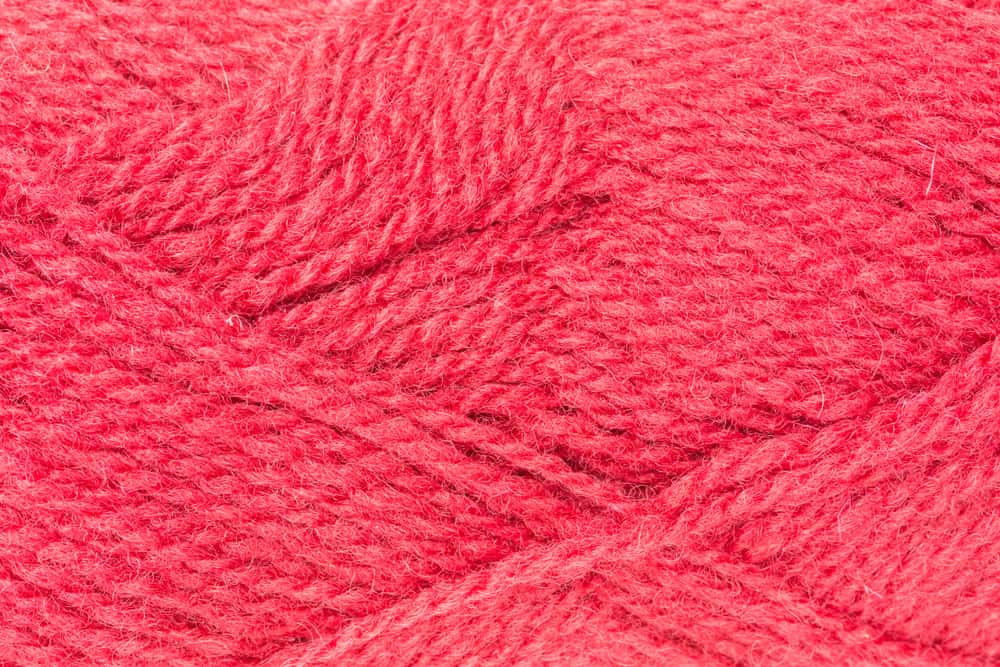
Shetland wool is cultivated from sheep that are native to the Shetland Islands of Scotland and it is a wonderful choice to use when you are knitting something. It is very soft to the feel but very durable also. It is lightweight and warm and is offered in the widest variety of natural colors of any of the other types of sheep.
Tropical Wool
Tropical wool is also known as cool wool because it is lightweight and it works great for clothing during hot weather. It is normally made from Merino wool and contains thermal management properties that make it naturally very breathable and cool to the touch. It looks extremely elegant yet is very functional.
Raw Wool

Raw wool is just that, it is wool that is still in its natural form that has not been processed or refined. This type of wool comes from all of the different animals we have already mentioned above. It is twisted into yarn for weaving and it is a great material to use for various things including Afghan blankets.
Recycled Wool
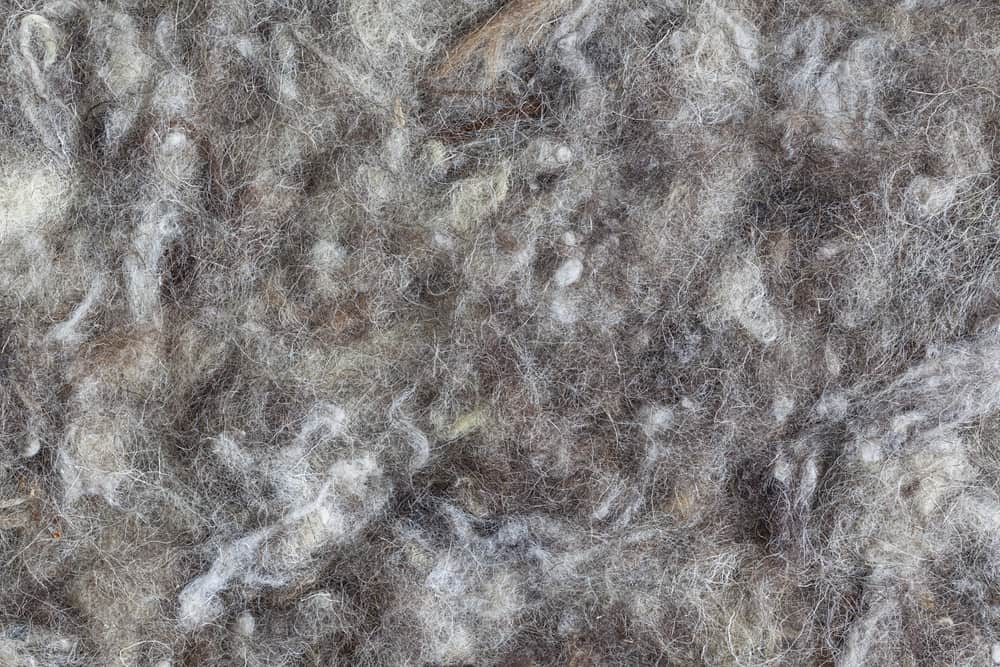
Also known as “reclaimed wool” or “shoddy wool,” recycled wool is exactly what its name insinuates: it is wool that has been used to make one type of product then re-purposed to create a new type of product. In the recycling process, the wool fibers are torn apart then respun.
This lowers the quality but that means you can purchase clothing and other items made of wool that is much cheaper than it would be if it had not been recycled. It is a great way to be able to pick up a wool garment, blanket, or other types of woolen item, without having to break the bank.
Boiled Wool
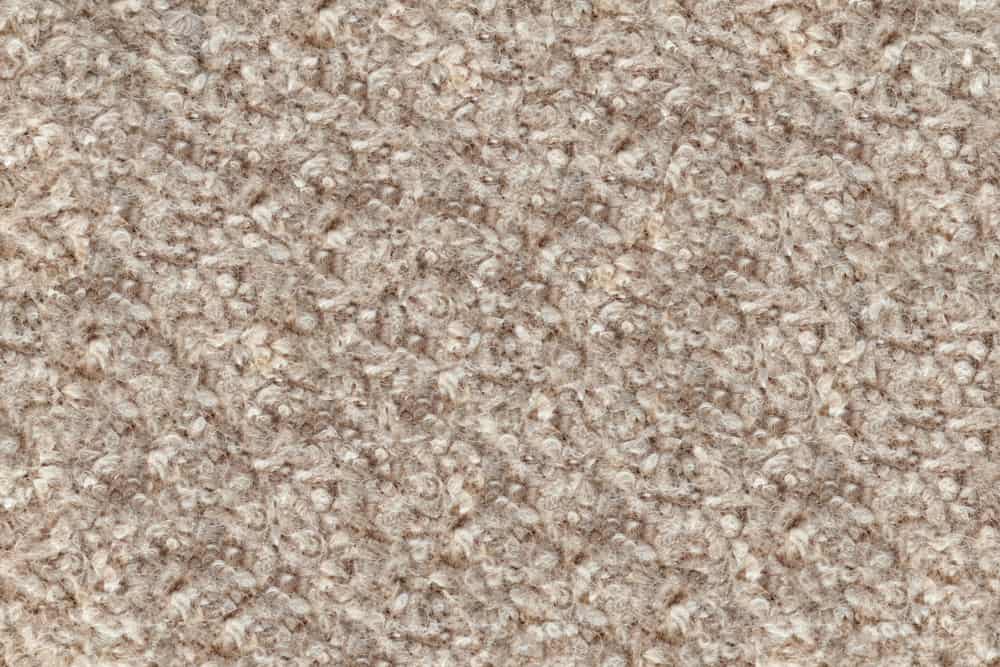
To create boiled wool, wool yarns are knitted together into a sheet of material that is the same thickness throughout. It normally begins when the wool thread is placed on a loom then fed into a large weaving machine. At this point, manufacturers will dye it in a variety of colors, or it can be left sporting its natural color.
Some manufacturers add designs or other embellishments. The fabric is then woven together on the loom then placed in hot water, boiled, then agitated in an alkaline solution that is similar to soapy water. This proves makes the fibers of the wool stick together due to their scaly surface which results in a fabric that is similar to felt.
Basically, the wool becomes a very tight, dense material that is smaller than the fabric was before it was boiled. This boiling process makes the wool fabric that is created to be resistant to water and to the wind. It also becomes a warmer fabric that is more durable.
Boiled wool is great for creating clothing for the fall and winter months along with layered styles that people can wear throughout the year. Boiled wool is of medium weight, unlike felted wool that is a heavier fabric. Boiled wool is great for making jackets and coats as well as cardigans vests, berets, and scarves.
Clothing made of boiled wool will help the person wearing them maintain a constant body temperature because the tiny air pockets in the fabric will help preserve heat. The fibers of boiled wool are merged together for a felted appearance they sell garments made from it that will keep their shape for years to come and the material does not irritate your skin like some knitted wool fabrics will do.
Felted Wool
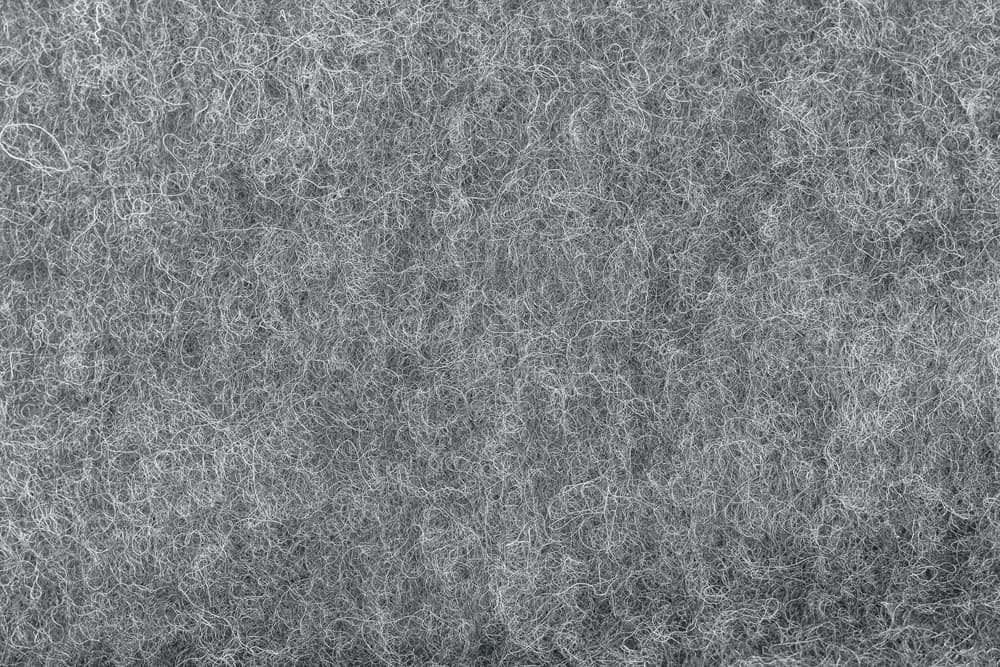
Felted wool starts out as wool roving so, basically the same way as wool felt does. When producers and manufacturers receive wool fibers after animals with wool, such as sheep and goats, are shared the wool fibers then undergo a cleaning process and also a carding process. This is done to break up the jumbled clumps of fiber and realign them into the roving.
The roving is spun into a thread and then woven into wool cloth before it is washed in hot water and then dried under a high heat source. Similar to the boiling process, the fabric constricts yet retains a puffy texture. The process for making felted wool is very similar to that of boiling wool but the difference is that the boiled wool is actually boiled in hot water while the felted wool is washed in hot water.
With felted wool, the process creates a fabric that is completely uniform and flat while with boiled wool, you can still see the fibers that have been woven. Felted wool is used in an array of products, such as rugs, shoes, slippers, costumes, art projects, and clothing. It is very common for felted wool to be used to create blankets and wool slippers but will keep your feet warm throughout the winter months.
FAQs About Wool
What are three great properties of wool?
It is wrinkle-resistant and keeps its natural shape pretty easily. Wool is very innovative since you can use it to create a variety of clothing and other items and the wool fibers are naturally breathable so it is comfortable to wear.
What are the disadvantages of wool?
Wool can be scratchy and uncomfortable to wear, along with the issue that heat and moisture can cause it to felt. You can soak wool garments in cold water, and then gently rub out any stains to keep them clean and if you wash it instead of dry cleaning, you should use cold water and allow it to air dry which can be more time-consuming than wash and wear types of materials.
What are the health benefits of wool?
Many people may not know this, but wool actually has benefits to your health. For instance, wool can lower your heart rate, and it can help lessen the pain of arthritis. Wool can also keep our gems away from you and decrease the chances that you will have an asthma attack. It regulates your body temperature Anne can help you feel better when if you suffer from fibromyalgia. War is non-toxic and is resistant to mold and mildew.
Is wool the best insulator?
Materials made of wool are some of the best natural insulators of heat that you can wear. Since heat is transferred through conduction, convection, and radiation, the mini air pockets are able to resist conduction and since they are very, very small, it minimizes convection. The wool fabric itself will absorb radiant heat.
Is wool a sustainable material?
Wool is a very sustainable and environmentally friendly type of material. It is even friendly for the animals since the wool fleece regrows on the animal it was cultivated from and renews itself. Wool is made of protein and it grows from the skin of sheep, alpacas, goats, and many other animals. Wool is definitely a very natural and renewable fiber source and is one of the most sustainable materials used in the making of clothing.
Is cotton warmer than wool?
Wool fibers are very flexible and durable. They can even be bent up to 20,000 times without breaking which is one of the reasons that wool keeps you warmer in the winter. It also traps air pockets in the material, allowing you to be better insulated and protected from the cold. Cotton is very inexpensive for manufacturers to use to create garments.
Does wool absorb more water than cotton?
Yes, wool does absorb more water than cotton. For example, socks have two made functions when they are on your feet: to keep your feet warm and to reduce friction with the ground or your shoes. When there is excess heat and more friction, this will lead to painful blisters. This is an example of the reason cotton is better to wear, especially during the hotter summer months. The downside is that wool tends to cost more than cotton.


